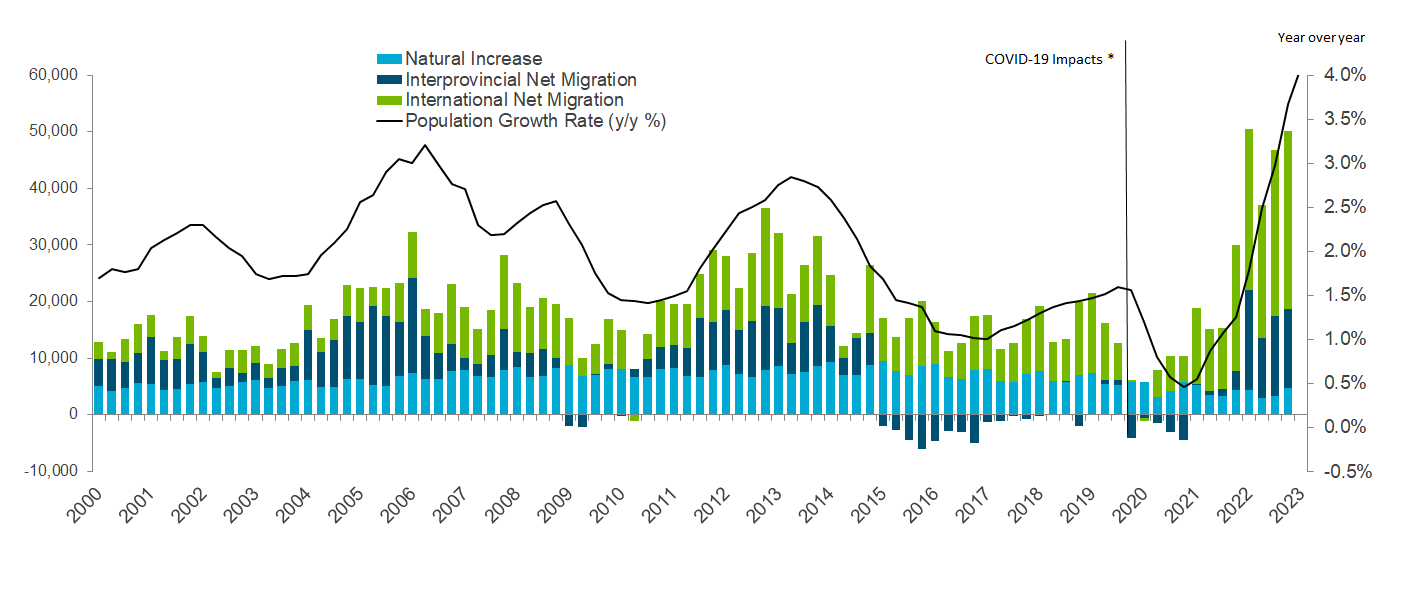Education
EDUC 2371
Introduction to Critical Literacy
Critical literacy is the term used to refer to a particular aspect of critical thinking.
- Critical literacy involves looking beyond the literal meaning of a text to determine what is present and what is missing, in order to analyse and evaluate the text’s complete meaning and the author’s intent.
- Critical literacy is concerned with issues related to fairness, equity, and social justice.
Critically literate students adopt a critical stance, asking what view of the world the text advances and whether they find this view acceptable, who benefits from the text, and how the reader is influenced. (Ontario Ministry of Education, n.d.)
- points of view: Understand your worldview and it's influence on your understanding of the text . How might it be understood by readers with different perspectives? (e.g., those of people from various cultures, socioeconomic status etc.);
- context: Consider the time and place of a text's creation in relation to current time and place. (e.g., the beliefs and practices of the time and place in which a text was created and those in which it is being read or viewed);
- positionality: Understanding our own values, social and political identity allows us to think about potential bias (e.g., our upbringing, friends, communities, education, experiences/positionality);
- intertextuality: Recognizing and analyzing relationships between texts allow us to consider and challenge dominant voices (e.g., information that a reader or viewer brings to a text from other texts);
- gaps in the text: Omissions in the text- intentional or unintentional may result in misinformation/disinformation (e.g., information that is left out and that the reader or viewer must fill in);
- silences in the text: Whose voice is present and whose is missing? (e.g., the absence of the voices of certain people or groups).
(Ontario Ministry of Education, n.d.)
Critical Indigenous Literacy:
- Think about:
- Authorship and identity in relation to the stories and teachings we trust as reader- Own Voices
- Character/content representation
- Misinformation
- Historical representations
Small Group Activity:
Review the books
- Review selection of books
- Identify content that may reflect stereotypes, racist or gendered/heteronormative thinking
- Capture your responses to the following questions:
- Who wrote this and why?
- Who benefits most from this text?
- Does the author share the identity of the underrepresented/marginalized group represented in the story? Are any voices missing from this text?
- How are characters represented in the illustrations and text? (stereotypes, names, complexity etc.)
- Consider titles that provide an engaging and relatively in-depth presentation of their topic. Consider titles that do not represent their topic or characters authentically
- Choose 2 books to present in a larger class discussion
- Considering the above, and your evaluation, how would you incorporate these books into a lesson plan/unit? How might problematic text be useful in teaching children critical literacy skills?
Are these titles problematic?
Little Black Sambo by Helen Bannerman
A Taste of Colored Water
Ling and Ting by Grace Lin
What does the Alberta classroom look like?
Data about Calgary's population
Calgary school boards assess thousands of refugee students arriving since July
The Calgary Board of Education expects more than 7,000 new students this fall, a number that could rise as more refugees arrive at the CBE Welcome Centre.
_____________________
2021 Alberta Census Data on Indigenous Peoples
Statistics Canada
_____________________
Alberta government’s population statistics
Critical Literacy Resources
Articles:
Critical Literacy in Early Elementary Grades Justine Bruyère Edutopia June 7, 2019
Fostering Culturally Relevant Literacy Instruction: Lessons from a Native Hawaiian Classroom
Does that really belong in the classroom? Responding to parent questions about diversity and inclusion ATA Magazine, 2024
Inclusive Education in AB Schools - Research Report ATA 2025
Addressing anti-Indigenous racism in schools
Critical Indigenous Literacy for Children’s Picture Books (A resource from UBC)
Podcast:
CBC Front Bruner - Dr. Seuss, and how to deal with racism in children's classics
Websites:
AICL - American Indians in Children's Literature. Debbie Reese reviews children's books about Indigenous people
Social Justice Books a project of Teaching for Change
PEN Canada - You can’t read that: Banning kids’ books in Canada and the United States
Calgary Board of Education Guide:
Guidelines for attending to Gender Identity, Gender Expression and Sexual Orientation in our Schools
Books:
Creating critical classrooms: reading and writing with an edge: Four dimensions of taking a critical stance
Video:


